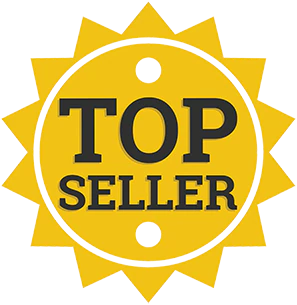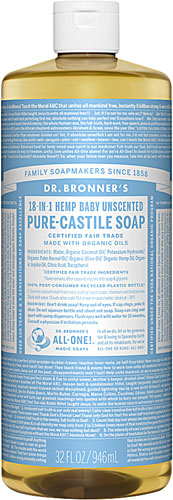School days are upon us, bringing with them a long, detailed list of supplies to rival an Everest expedition. But as consciousness grows about the increasing chemical load we all carry—not to mention our carbon footprint—more and more parents are starting to question the wisdom of the traditional back-to-school list and seek out less toxic alternatives. 
Michael Schade, the PVC campaign coordinator for the Falls Church, Va.–based Center for Health, Environment & Justice (CHEJ) explained what’s in typical school supplies and why swapping them out with cleaner alternatives makes sense.
“Vinyl, the most commonly used plastic, is in so much of the back to school gear, from shiny backpacks festooned with characters to the ubiquitous three-ring binder,” says Schade. Vinyl, also referred to as PVC, considered the most environmentally damaging plastic, releases toxins at every stage of its life cycle. Adding insult to injury, to make PVC flexible, phthalates—a chemical that interferes with the body’s naturally occurring hormones—are added.
“Numerous studies have shown a strong link between phthalates and asthma, learning and developmental disabilities and obesity,” Schade says. All of these chronic health problems are becoming more prevalent in children and can interfere with their ability to learn.
The CHEJ website also states “Every month, new studies come out that find PVC chemicals are harmful to children’s health, such as a recent study by researchers at Columbia University that found phthalates appear to be harmful to children’s brain development.”
“A staggering 90 percent of all phthalates are in vinyl,” adds Schade, CHEJ’s PVC campaign coordinator. “Exposures to phthalates correlates with asthma, the No. 1 cause of school absenteeism.”
Additionally, the strong-smelling solvents found in many school and office supplies—mainly in markers, paints and glues—can damage the lungs, kidneys, liver and nervous system. Look for water-based markers and glues, and “no odor” paint. Help your child stay healthy—and stay in school—by using our guide to toxin-free school supplies.
Art supplies
PVC can be found in many art aprons and smocks, so seek out versions made from PVC-free fabric. Polymer modeling clays are loaded with PVC and phthalates, but it’s easy enough to make your own modeling clay. Water-based paints are less harmful than solvent-based, and those made with natural pigments are the best.
Crayons and markers
Dry erase and permanent markers usually contain solvents, so avoid them when possible. Steer clear of scented markers, as most scented items involve phthalates. While the paraffin wax in common crayons is derived from crude oil, the risks of exposure are minimal when compared with PVC-laden school supplies. If you want to go the whole nine yards though, choose crayons made with beeswax or soy.
Glue
Super-glues contain super-toxic solvents, whereas glue sticks and school glue, although derived from petrochemicals, are much more benign.
Backpacks
Those cute backpacks with the shiny plastic designs come laden with PVCs and often lead. Natural fiber, polyester and nylon make a smarter choice. To see if the backpack contains PVC, look for the three-arrow recycling symbol with the number three, which indicates PVC. If the label doesn't list materials, contact the manufacturer.
Clothing
Raincoats, rain boots, decals on clothing, belts, handbags and jewelry can be full of PVC. Just say no to vinyl rain gear—that goes for umbrellas too. Look for rain gear made from nylon and other waterproof fabrics.
Lunch
Water bottles can contain BPA, a chemical used in hard, clear plastic. Supply your kid with a bottle made from stainless steel or BPA-free plastic. Lunch boxes are the last place you want PVC, lead, BPA or antimicrobial chemicals to lurk. Many alternatives exist, from cotton lunch bags to metal lunch boxes. Pack food in reusable containers; if you use plastic, stick to numbers 1, 2, 4 or 5. Plastic wraps can contain PVC or phthalates, which can leach into food. Safer choices include parchment paper or low-density polyethylene (LDPE).
Binders and notebooks
Many three-ring binders are made of PVC; ditto goes for spiral notebooks with a plastic cover. Even the colored metal spirals in notebooks contain PVC, so choose notebooks with uncovered metal spirals. Cardboard, fabric-covered and polypropylene binders are safer bets, or you can look for binders that are specifically labelled PVC-free.
Hand sanitizer
Even worse than a few harmless germs, common ingredients in hand sanitizers, such as triclosan, triclocarban and fragrance, are all hormone disruptors. Plain soap and water does the trick just as well, but if you want liquid choose one without fragrance. If you are looking for a sanitizer, seek out ethanol or ethyl alcohol as the active ingredient. For more extensive lists on supplies that take less of a toll on your kids—and the environment—go to CHEJ and EWG.




